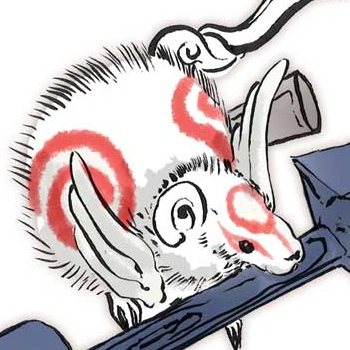I saw a map of undersea internet cables the other day and it’s crazy how many branches there are. It got me wondering - if I’m (based in the UK) playing an online game from someone in Japan for example, how is the route worked out? Does my ISP know that to get to place X, the data has to be routed via cable 1, cable 2 etc. but to get to place Z it needs to go via cable 3, 4?


Yes, sorry, I did oversimplify to the local network. On your local network everything is always listening, but absolutely your home router/modem in Kansas does NOT excite some wires in Tokyo unless you tell it to lol.
And it sounds like you know way more about the software than I do, but I can say with confidence that when a router starts putting ossilating high/low on a cable, everything on that cable “sees” it. I’m fairly sure that’s why different address blocks have the limits they do; there’s only so many addresses you can have without needing to ossiclate that voltage stupid fast.
You should look into some of the serial examples for raspberry pis/ arduinos, with your software background you’d probably really enjoy it! It’s funny to run into things like the fact that you can have issues like the wire not going back to low sometimes, and the myriad physical issues.
And seriously check out MODBUS. It’s crazy how “simple” it is. With no handshake and a standardized data format, you can trigger all sorts of stuff. That’s the protocol that controls most people industrial things, including GIANT pumps and valves.